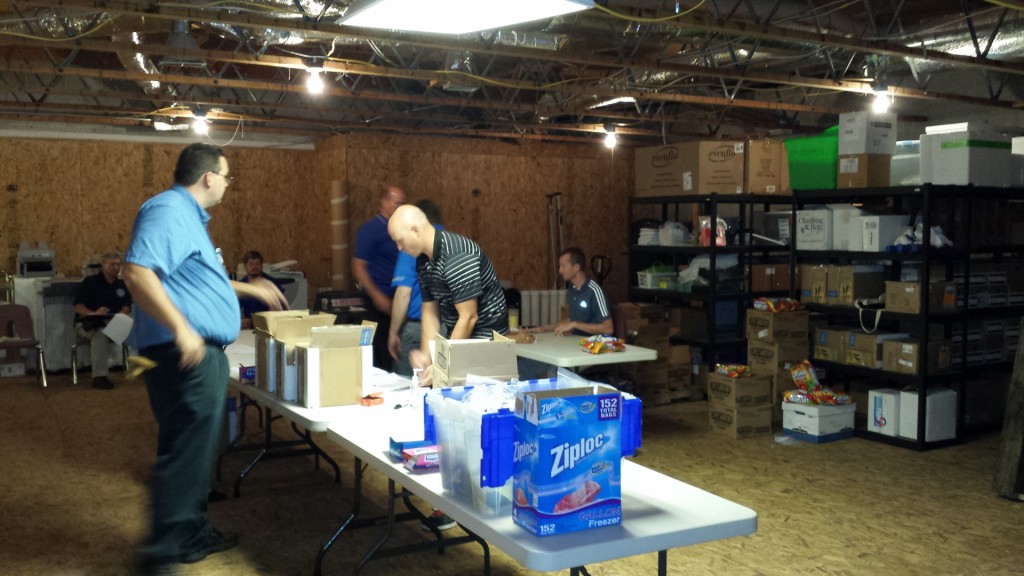
ST. GEORGE – Ever wonder, in the event of a disaster, where emergency medication can be obtained? Tuesday, the Southwest Utah Public Health Department in St. George answered that question by hosting a “point of distribution” drill for local agencies.
“This entire process is designed for a disaster,” David Blodgett, director and health officer for the Southwest Utah Public Health Department, said. “For the purpose of this drill, our scenario is based off of a biological attack in Las Vegas. The outbreak has spread to St. George.”
The Center for Disease Control has a resource called the strategic national stockpile that contains 47 tons of medicine and medical supplies. Those resources can start showing up within 12 hours of a major event, and Southwest has to start distributing those resources within 12 hours of receiving them. Depending on the nature of the emergency, everyday prescription medications can be distributed when individuals can’t get them from pharmacies, such as in the aftermath of an earthquake. Or in a situation like a pandemic or biological attack, specific medical supplies to combat the illness or biological agent will be distributed.
“The faster we can get those medications out, the faster we will be able to prevent the spread of the disease,” Blodgett said. “Today, our goal is to test that component.”
Around 130 different local government and private entities have signed up to assist as distribution points in the event of a disaster. Police departments, fire stations, hospitals, nursing homes, mental health homes and a few youth residential facilities are among the different entities taking part.
“Any (facility) with a licensed medical provider – such as EMTs, nurses, doctors – are eligible to participate as a point of distribution,” Blodgett said.
Blodgett said when a disaster happens, the Southwest Utah Public Health Department will set up a main point of distribution to begin servicing local communities. The location of the distribution points will depend on the specific situation that is occurring. The Washington County Fairgrounds would be an example of such a spot, he said.
“We will then distribute the supplies to these entities,” Blodgett said. “This allows us to get the resources to the most vulnerable in the population who can’t make it to our main point.”
When a disaster happens, Southwest has a notification process: The entities are alerted that Southwest is setting up the point of distribution, and Southwest also sends out information about what is going on and when to arrive for pickup.
“We are practicing the process of these entities showing up, signing out the materials, distributing the materials and filling out the paperwork,” Blodgett said. “Today, our medication will be Life Savers candy. White ones will be for the adults and colored ones will be for children. This will also allow us to train in the process of differencing when it comes time for distribution.”
Blodgett said using Life Savers will be nowhere near as detailed as the real event but works perfectly for the purpose of today’s exercise.
“Each entity will then take back the mock medication and run through with their people how to distribute, fill out the paperwork and return the items back to Southwest,” Blodgett said.
When the entities sign up, each lists how much medication they will require. If they listed 200, they will be sent with 200 doses of the medication as well as 200 distribution forms. If they give out all 200 doses, they will bring back 200 distribution forms. If they only give out 150, they are required to bring back 150 distribution forms and the 50 unused doses.
“We have set up a receive and distribution site where all of the medication will come, be packaged up and distributed out to the 130 entities,” Blodgett said. “These entities will come here, collect their medication and forms before heading out to their respective point of distribution, just as in the event of a real disaster.”
Blodgett said he applauded the effort of these entities as well as his staff at Southwest.
“These drills are important, so that way, when the real event happens, we are prepared to deal with them,” Blodgett said. “The people who work here are truly unsung heroes.”
Click on photo to enlarge it, then use your left-right arrow keys to cycle through the gallery.
Staff at Southwest Utah Public Health Department prepare for drill, St. George, Utah. July 15, 2014 | Photo by T.S. Romney, St. George News Staff at Southwest Utah Public Health Department prepare for drill, St. George, Utah. July 15, 2014 | Photo by T.S. Romney, St. George News Staff at Southwest Utah Public Health Department prepare for drill, St. George, Utah. July 15, 2014 | Photo by T.S. Romney, St. George News Hurricane City Police Chief Lynn Excell participates on behalf of his agency, St. George, Utah, July 15, 2014 | Photo by T.S. Romney, St. George News Mock receive and distribution site, St. George, Utah, July 15, 2014 | Photo by T.S. Romney, St. George News Mock receive and distribution site, St. George, Utah, July 15, 2014 | Photo by T.S. Romney, St. George News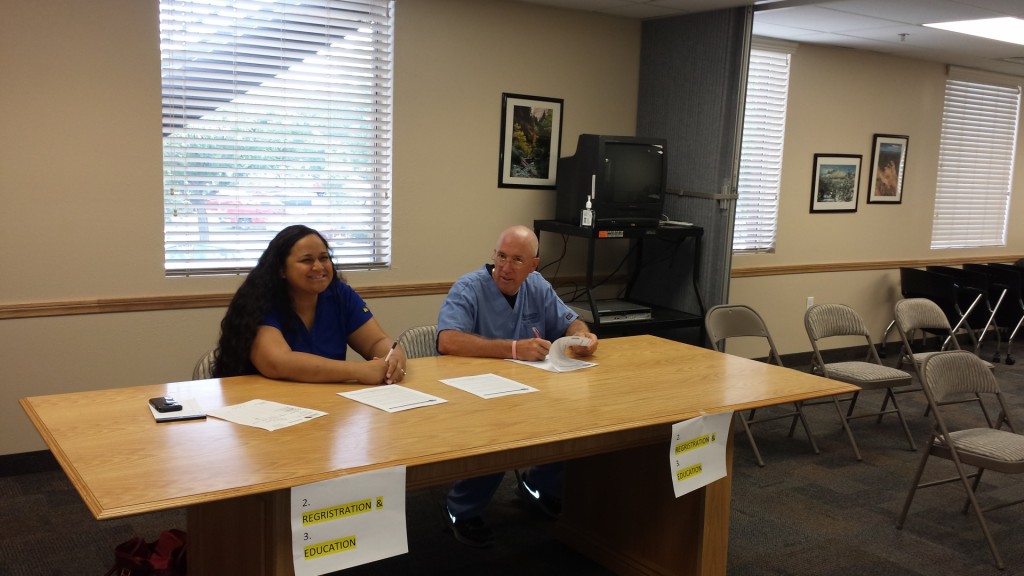
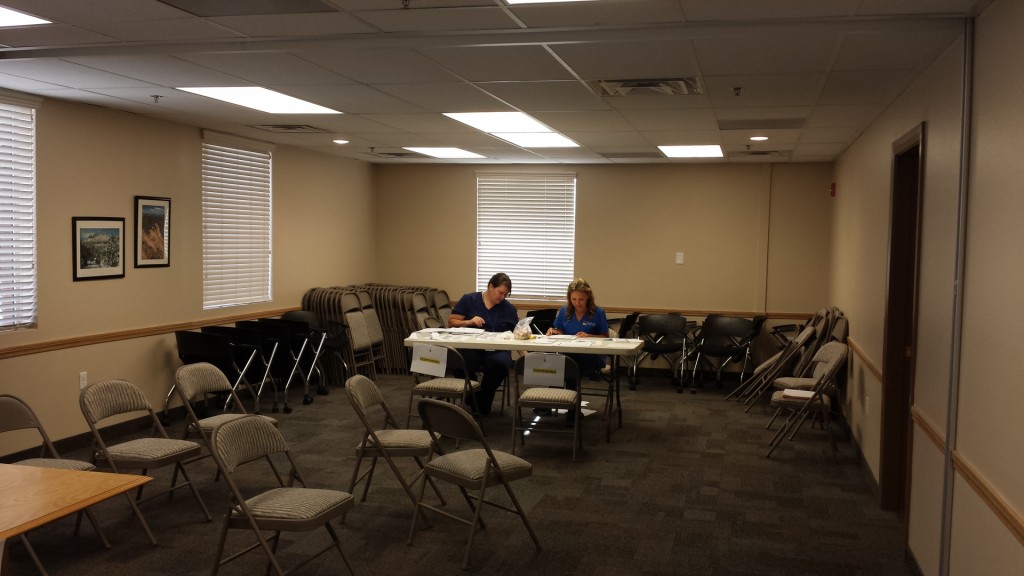

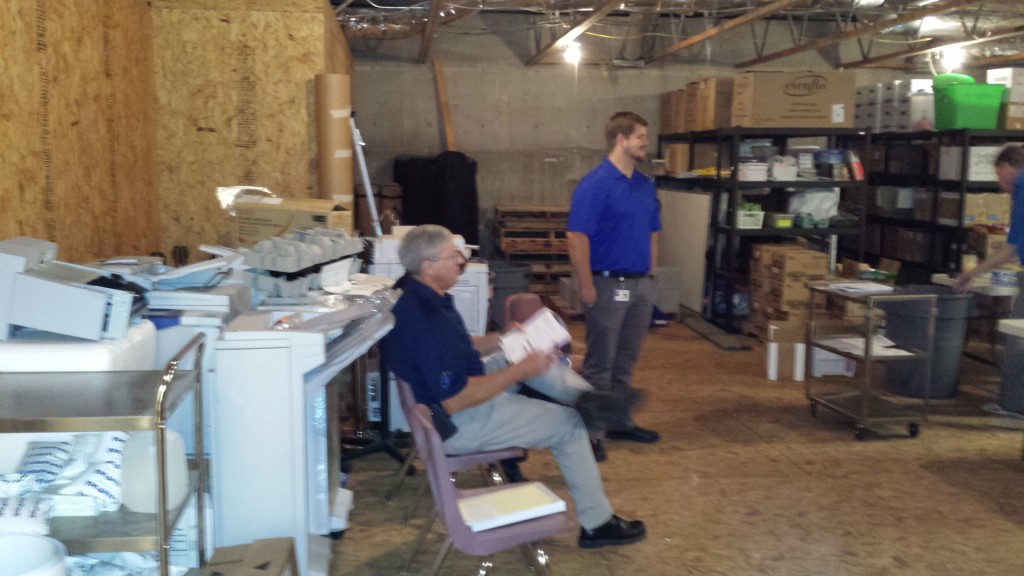
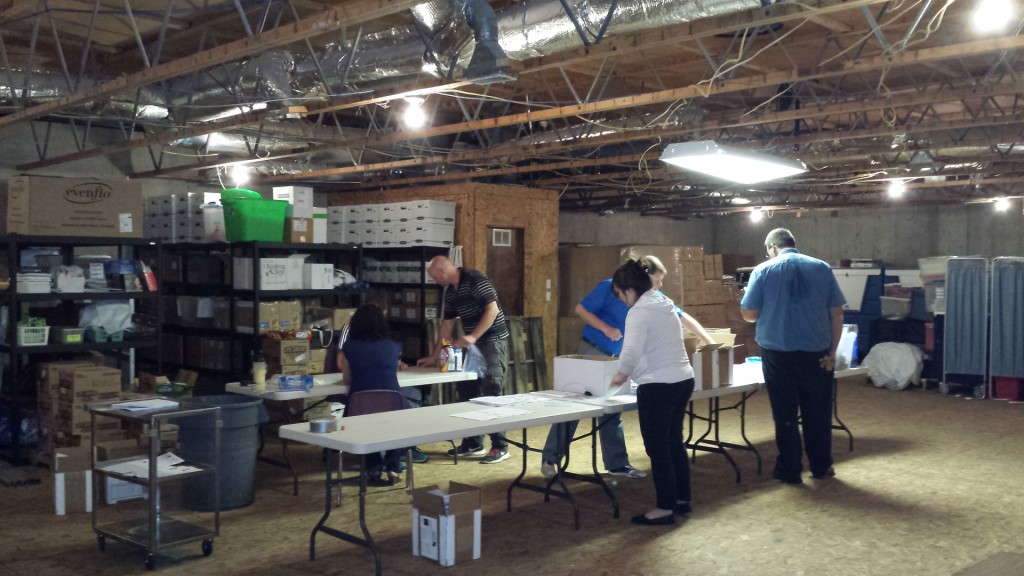

Related posts
- Health department holds flu shot clinics across southwest Utah; free with some insurance
- Southwest Utah Public Health Department: Air quality advisory
- Public information officers train in earthquake response
Email: [email protected]
Twitter: @STGnews
Copyright St. George News, SaintGeorgeUtah.com LLC, 2014, all rights reserved.

